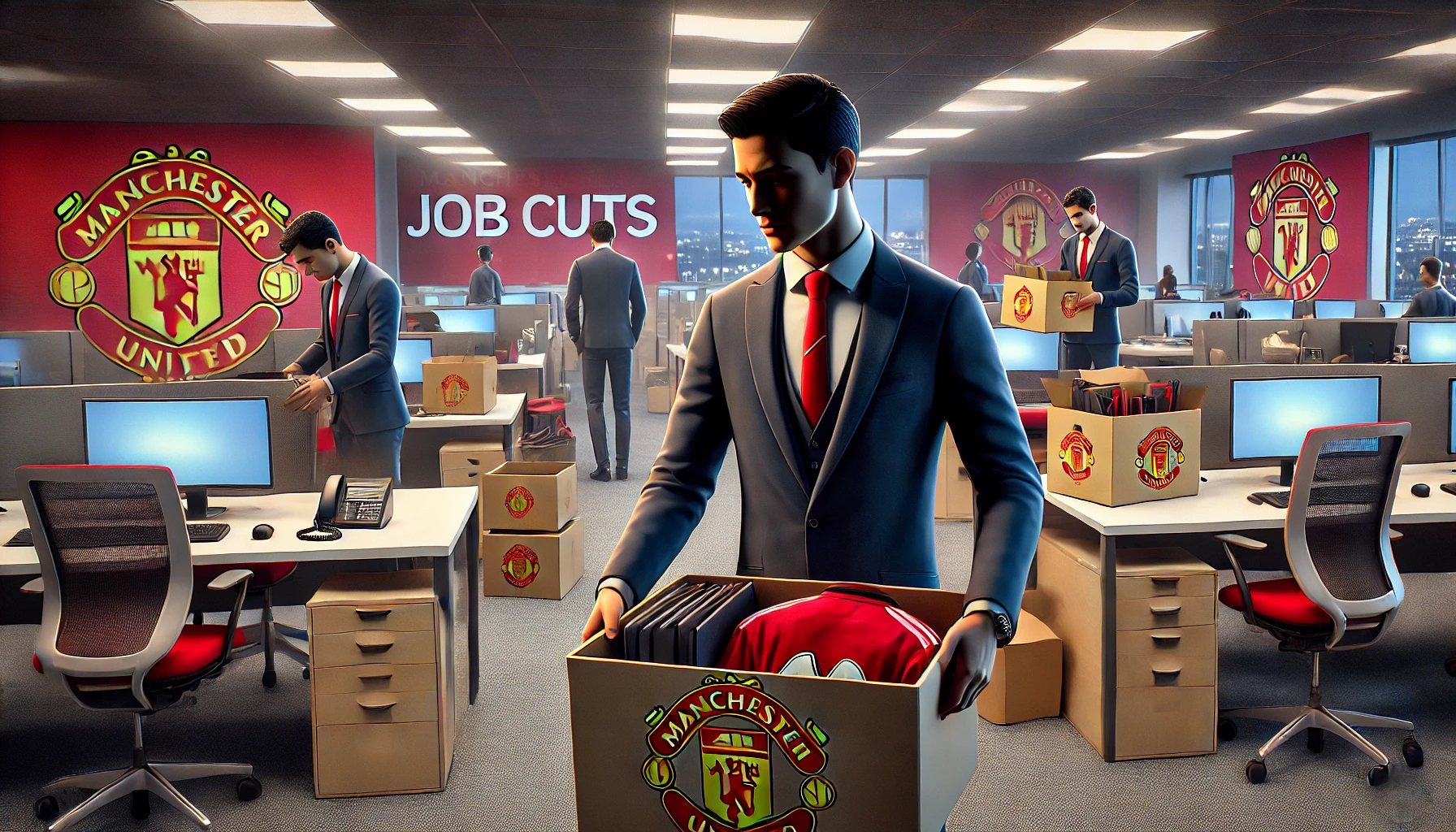The British Royal Family has long been a subject of fascination, with its traditions, protocols, and internal dynamics often making headlines. This report delves into the relationships, responsibilities, and challenges faced by members of the royal household, providing a balanced and well-researched insight into their world.
The Role of the Monarch
At the center of the Royal Family is the reigning monarch, currently King Charles III. As the head of state, his role is largely ceremonial, but it carries significant responsibilities, including state visits, public engagements, and maintaining diplomatic relations. The monarch also plays a key role in constitutional affairs, though largely symbolic, given that the UK operates under a parliamentary democracy.
Heir to the Throne and the Line of Succession
The line of succession dictates the order in which members of the Royal Family will inherit the throne. Currently, Prince William, the Prince of Wales, stands as the heir apparent. His role involves increasing public duties, support for charitable causes, and representation of the monarchy in international engagements. Prince George, William’s eldest son, follows in succession.
Internal Family Relations
Like any family, the Royal Family has experienced both unity and discord. One of the most significant recent tensions arose between Prince Harry and the rest of the royal institution. In early 2020, Prince Harry and his wife, Meghan Markle, stepped back from their roles as senior royals, citing media intrusion and a desire for independence. Their departure, often termed “Megxit,” led to ongoing discussions about the modern role of the monarchy.
The Impact of Queen Elizabeth II’s Passing
The passing of Queen Elizabeth II in September 2022 marked the end of an era. Her seven-decade reign was characterized by stability and resilience, making her one of the most beloved figures in history. Her passing brought about structural changes, with King Charles III taking the throne and shifting responsibilities among family members. Prince William and Kate Middleton, now the Prince and Princess of Wales, have assumed a more prominent role in representing the monarchy.
Charitable Work and Public Perception
The Royal Family is deeply involved in charitable work. The Prince’s Trust, founded by King Charles III during his tenure as Prince of Wales, continues to support disadvantaged youth. Additionally, mental health advocacy, environmental sustainability, and support for military personnel remain key focus areas for various royals. Public perception of the Royal Family is shaped by their engagements, media portrayals, and historical events.
Challenges Facing the Monarchy
The monarchy faces challenges such as modernization, public scrutiny, and maintaining relevance in a rapidly evolving world. Discussions about the financial aspects of the monarchy, transparency, and changing social attitudes continue to impact the institution’s future.
Conclusion
The Royal Family remains a pillar of British tradition and cultural identity. While internal dynamics have seen shifts and challenges, their role in public life continues to evolve. Understanding these dynamics provides insight into how this historic institution adapts to contemporary times while maintaining its legacy.
Sources:
- BBC News – “Prince Harry and Meghan: Why did they leave the Royal Family?” (https://www.bbc.com/news/uk)
- The Guardian – “The Monarchy in Transition: King Charles III’s First Year” (https://www.theguardian.com/uk-news)
- Royal Family Official Website – “Roles and Responsibilities of the Royal Family” (https://www.royal.uk)
- CNN – “The Legacy of Queen Elizabeth II and the Future of the Monarchy” (https://www.cnn.com/world)









Leave a Reply